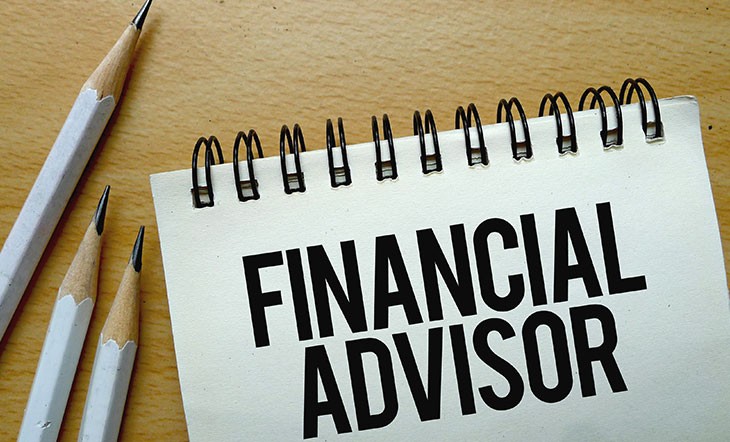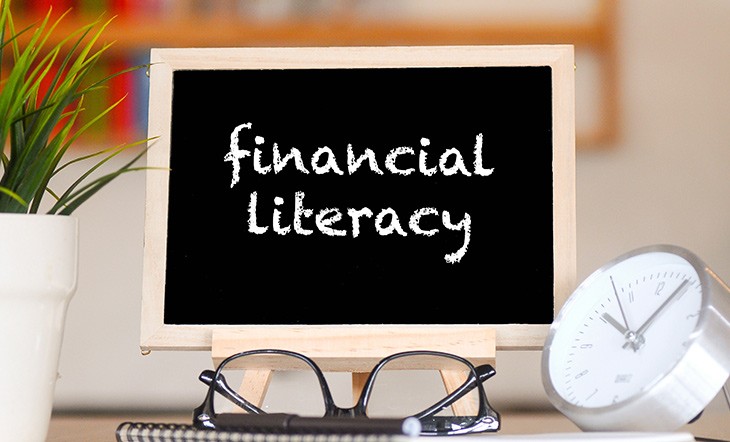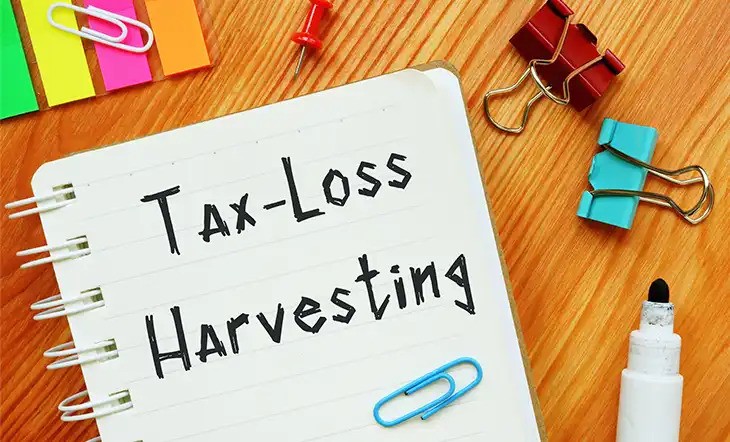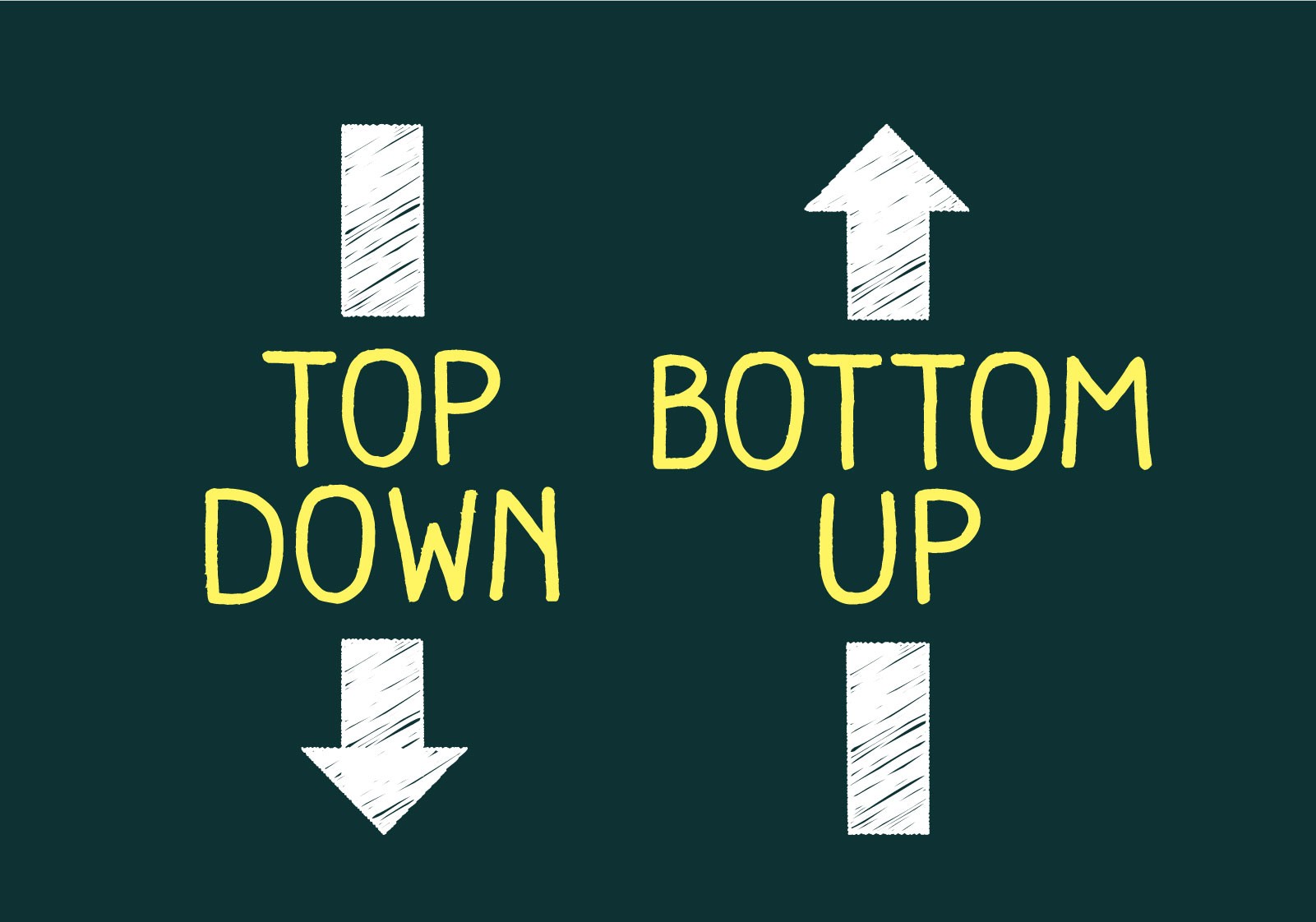4 Signs You Need to Change Your Investment Strategy

Monitoring your investments and savings is crucial for understanding your financial trajectory and determining how long it will take to achieve your goals. It also helps identify potential mistakes so you can correct them promptly. However, it is essential to recognize the right indicators that suggest you need to adjust your investment strategy. These signs can serve as red flags and signal that your current approach might need to be more effective.
A financial advisor can help you spot signs that your investing strategy isn't working. This article will also guide you through the key signs that indicate it is time to reconsider and potentially revise your investment strategy.
Below are the 4 warning signs of a bad investment strategy that you should look out for:
Sign #1: You are not able to reach your goals in the allotted timeline
Every financial goal should have a timeline, whether it is buying a car within a year or planning for retirement over 30 years. Setting realistic timelines is crucial for achieving these goals. However, if you find yourself consistently falling short of achieving your financial goals despite having set reasonable timelines, it could be a sign that your investment strategy needs reevaluation.
First, you need to assess your recent progress toward achieving your goals. Take a close look at the financial goals you have met and those that remain unmet. If you have successfully achieved some goals while others are lagging, this might not be a cause for immediate concern. Try to understand the reasons behind the shortfall. Some deviations from your plan are normal and can occur due to factors beyond your control, such as inflation, market downturns, or unexpected income loss due to job changes. However, if a significant number of your financial goals are unmet and there have not been any substantial life events or economic disruptions to explain this, it may be time to reconsider your investment strategy.
You can begin by examining whether your goals and timelines were set realistically from the start. Check if your goals are achievable within the set timeframes based on your current financial situation and investment strategy. If your goals were ambitious, it may be necessary to adjust them to more attainable targets. For instance, saving for a house can take time, and if you plan to do so in very little time, you will likely face disappointment. Next, evaluate whether you are saving and investing adequately to reach these goals. Are your contributions and investment choices aligned with your objectives? If your savings rate or investment strategy is lacking, it could hinder your progress. You must also consider recent market conditions as well. Have there been significant changes in the market that might have impacted your investments negatively? Sometimes, market volatility can affect your investment performance, but it is essential to differentiate between temporary fluctuations and foundational issues with your investment strategy.
Consulting with a financial advisor can be highly beneficial if you are uncertain about how to test your investment strategies. A financial advisor can help you analyze your current strategy, identify any shortcomings, and make the necessary adjustments to improve your investment approach. They can help you better align your investments with your goals and suggest modifications to adapt to changing market conditions or personal circumstances. A financial advisor may also consider revisiting your investment strategy and rebalancing your portfolio. This may involve changing your portfolio’s asset allocations or adopting new investment vehicles that better suit your risk tolerance and financial objectives. Rebalancing your portfolio is a good opportunity to ensure that your investment strategy is still aligned with your long-term financial goals and make any necessary adjustments to keep you on track.
Sign #2: You rely on your credit cards to get by
Credit cards offer undeniable advantages such as convenience, rewards, and discounts. However, if you find yourself frequently relying on them, it could indicate underlying issues with your financial management. Credit cards can create a false sense of financial security by allowing you to spend money you might not actually have. This illusion can lead to overspending and accumulating debt, which in turn can upset your investment strategy and financial goals. One of the most significant risks of excessive credit card use is the potential for high-interest debt. Credit card debt can quickly accumulate, and the high interest rates can make it challenging to pay off. This debt can strain your finances, impact your credit score, and come in the way of achieving your financial goals.
You can consider the following signs to assess whether your credit card usage is a concern:
a. Are you using your credit cards regularly for everyday expenses or to cover costs that you would typically pay with cash or debit?
Frequent use of credit cards for routine purchases can be a red flag. Ideally, credit cards should be reserved for planned expenses and emergencies, not for everyday spending.
b. Do you primarily use your credit cards for unplanned or large purchases?
Using credit cards to make impulsive or high-cost purchases can lead to financial strain and unmanageable debt.
c. Are you using a credit card to cover essential expenses, such as groceries or utilities, when you fall short of cash?
Relying on credit cards to pay for necessary items can indicate a cash flow problem and may signal that your financial situation needs closer examination.
e. Do you find yourself using credit cards at the end of the month to cover bills or other financial gaps?
This pattern suggests that you might not be managing your budget effectively, and it could lead to accumulating debt if not addressed.
f. Are you struggling to make your credit card payments on time?
Consistently missing payments or only making minimum payments can result in higher interest charges. Moreover, your debt may stay stagnant or even increase during this process, which can further complicate your financial situation.
To mitigate these issues, you can consider implementing the following strategies:
- Budgeting is essential when you are trying to lower your credit card usage. You can develop a comprehensive budget to track your income and expenses. Ensure that you are not relying on credit cards to cover basic needs and spending out of your allotted budget.
- It is also important to prioritize paying off high-interest credit card debt. If some credit cards have a high interest rate, clear these off first.
- You must also create a financial plan that includes setting aside an emergency fund to cover unexpected expenses. This way, you can reduce the use of credit cards and improve your overall financial health. An emergency fund is crucial for managing unanticipated financial situations and providing peace of mind during emergencies. It helps you navigate unforeseen expenses without disrupting your financial stability.
Lastly, consult a financial advisor if managing credit card debt seems out of your control. They can help you develop a strategy to address your debt situation and get back on track with your investment and financial goals.
SPONSORED WISERADVISOR
Sign #3: Your portfolio is not diversified
One of the key warning signs of a bad investment strategy is an undiversified portfolio. Diversification plays a crucial role in achieving your financial goals effectively by spreading risk across various asset classes and investments. If your portfolio is concentrated in a single industry or a limited range of assets, you might be exposing yourself to unnecessary risk. An undiversified portfolio, where investments are focused on only a few sectors or asset classes, can be highly vulnerable to market fluctuations. For instance, if your investments are predominantly in one industry, a downturn in that sector can significantly impact your portfolio’s performance. Conversely, a well-diversified portfolio can mitigate this risk because different asset classes are expected to react differently to market conditions, thereby balancing your returns.
You can consider the following steps to assess whether your portfolio is diversified:
Start by reviewing how your investments have performed in various market conditions. Are all your investments reacting similarly to market changes? Poor diversification can result in a portfolio where all your assets decline simultaneously during a market downturn. Next, you need to analyze the types of investments you hold. Do you have a mix of asset classes such as stocks, bonds, real estate, and cash equivalents? For example, if you rely solely on one type of asset, like stocks, or if you invest in only fixed-income securities, such as Certificates of Deposit (CDs), you may be limiting your portfolio’s ability to withstand market volatility. You must also look at your 401(k), Individual Retirement Accounts (IRAs), and other retirement accounts to ensure that their investment allocations are also diversified. Diversification is essential even within retirement accounts to optimize returns. Even within a specific asset class, you must ensure that you are not overly concentrated in one sector or type of investment. For example, if you have a lot of stocks, you must make sure they are spread across different industries, market capitalizations, and geographic regions.
If you find that your portfolio lacks diversification, it is crucial to take action. The first step in addressing an undiversified portfolio is to seek professional advice. A financial advisor can help you diversify your investments effectively. They can help you understand the right mix of asset classes and recommend adjustments to align your portfolio with your financial goals. With their help, you can develop a diversified portfolio that suits your risk tolerance, investment horizon, and financial objectives. For example, if you are young, they may suggest a higher allocation in stocks for growth. However, if you are nearing retirement, they might suggest focusing more on bonds and stable income investments. Your financial advisor can also introduce you to investment opportunities that you may not be familiar with. This could include alternative investments or new asset classes that can enhance diversification.
Sign #4: You are not confident about your financial situation
If you find yourself lacking confidence in your financial situation and constantly second-guessing your decisions, it may be an indication that your investment strategy is not working as it should. Feeling overwhelmed by regular expenses, struggling to plan for the future, or believing that goals achievable for others are out of reach for you are signs that your current approach may need reassessment. Ideally, a well-structured investment strategy should not only help you achieve seemingly unattainable goals but also boost your confidence in your financial standing.
You can start by evaluating your income. If your current earnings are insufficient to cover your needs and support your investment objectives, it may be necessary to explore ways to increase your income. This could involve seeking a higher-paying job or finding an additional source of revenue, such as a side hustle. Increasing your income can help you manage your day-to-day expenses as well as increase contributions to your investments. Next, you can revisit your budget to ensure it reflects your actual financial situation. Assess whether you are spending more than you are saving and adjust your budget as needed. This can be helpful to manage your expenses and allocate funds appropriately towards your savings and investments. Without a clear and realistic budget, staying on track with your financial goals can be challenging. Additionally, you must examine your debt situation. High levels of debt can undermine your financial stability and force you to divert money away from your investments. Review your debt and develop a plan to manage and reduce it.
Assessing the performance of your investments is also crucial. You must check if your investments meet your expectations and align with your financial goals. If your investments are not performing as anticipated or are contributing to your financial stress due to high risk, it might be time to reconsider your strategy and investment choices. If you still feel uncertain, consider talking to a professional. A financial advisor can help you understand the strengths and weaknesses of your current investment strategy and recommend necessary adjustments. This way, you can create a plan that enhances your financial confidence.
To conclude
Regularly tracking your investment plan and actively looking for signs your investing strategy isn't working is crucial to ensure you remain on track with your financial goals. Identifying these signs can be challenging and sometimes even confusing, as it is easy to believe you are doing well when you might not be. However, proactive management can help you maintain a successful investment strategy. Make it a habit to regularly review your portfolio to assess how your investments are performing. Check your bank statements at the end of each month to ensure that your financial activities align with your goals. Analyzing your spending habits and managing your relationship with debt is also essential for maintaining financial health. Lastly, if you notice any signs of concern or if things feel uncertain, make it a point to reach out to a financial advisor. Professional guidance can provide clarity and help you make necessary adjustments to keep your investment strategy on track.
Use the free advisor match tool to get matched with experienced financial advisors who can help build a suitable investment strategy based on your financial needs and goals. Answer a few simple questions and get matched with 2 to 3 vetted financial advisors based on your requirements.








.jpg)













.jpg)





.jpg)


.jpg)


.jpg)















.jpg)





.jpg)




.jpg)


.jpg)






.jpg)

.jpg)






.jpg)




.jpg)

.jpg)


.jpg)

.jpg)





.jpg)
.png)
.jpg)




.jpg)

.jpg)


.jpg)


.jpg)

.jpg)

.jpg)
.jpg)
.jpg)

.jpg)

.jpg)




.jpg)

.jpg)

.jpg)


.jpg)
.jpg)
.jpg)
.jpg)
.jpg)

.jpg)




.jpg)
.jpg)


.jpg)
.jpg)
.jpg)
.jpg)

.jpg)
.jpg)















.jpg)

.jpg)


.jpg)



.jpg)












.jpg)



